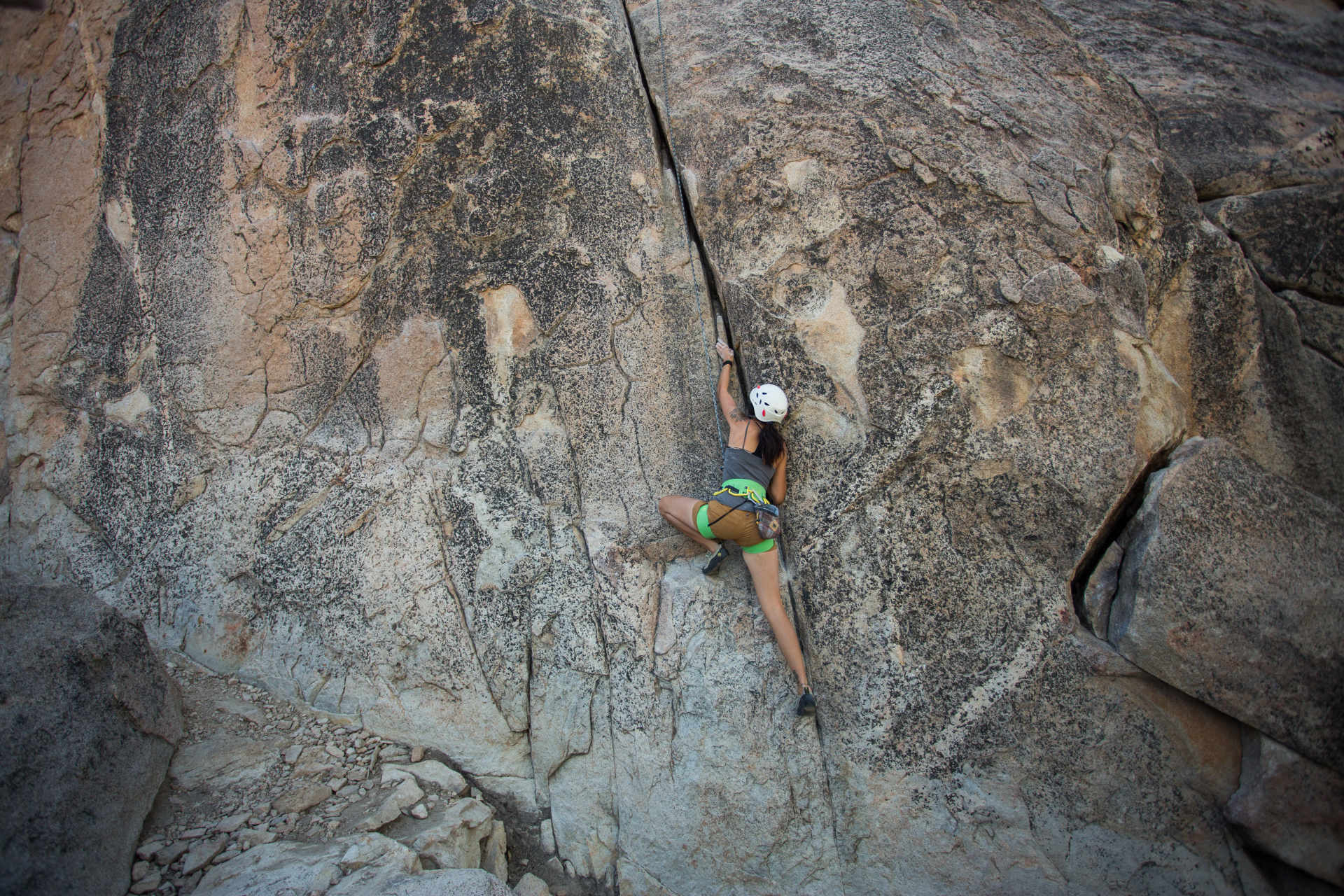How Can I Build More Rock Climbing Endurance?
Developing your rock climbing endurance will make climbing easier by preventing muscle fatigue. It will also allow you to climb for longer periods and on longer routes. In addition to increasing your climbing endurance, building your muscle strength will also help improve your balance, which will allow you to better position your body on the wall. But before you start training, make sure to talk to a certified trainer. Read this article to learn more about rock climbing endurance.
Fingerboard Stretches
Training your fingers is crucial if you want to develop your climbing endurance. A fingerboard is a great way to do this. Try to hang on to it with your hands in different positions. Make sure to use holds that will exploit your weak point. Most climbers use pinches and slopers, but you can try other options like wooden beams or foot jibs. Climbers should start by using the easiest edges, then progress to more difficult holds.
Another way to strengthen your fingers is to hang-board. This allows you to control the variables individually. For example, you don't have to perform big dynamic moves, which could cause damage to your fingers and pulleys. Plus, you can do this at home if you prefer. The best part about finger-board-training is that it is safer than climbing on your fingers. And while it is a little bit confusing, the results are worth it!
The best way to increase climbing endurance is to make sure your muscles are strong. The majority of force should come from your legs. Stretching your glutes and hamstrings will help improve your footwork. You should also do a stair-climbing exercise to help strengthen your knees and improve your balance. And it's fun too! It will give you a chance to stretch your legs even further!
Minimum Edge Protocol
One of the most important skills for rock climbers is grip endurance. You can increase this by performing the Minimum Edge Protocol (MED) exercise. The MED exercise will build your strength and endurance for small edges and maximum holds. It also helps you to develop maximum strength and maximize grip endurance. This exercise is recommended for both men and women. For more information, visit the MED website. This article outlines the steps involved in performing the MED exercise.
For the MED protocol, the minimum edge depth should be ten millimeters deeper than the previous session. The MAW protocol requires that climbers hold 60% of their MVC during a 5 to ten-second MVC test. However, the MED method should only be used by climbers who already have adequate climbing experience. To increase the MVC test time, the climber should perform the exercise at least five times a week.
Using a Minimum Edge Protocol to build more rock climbing endurance will require you to focus on the strength of your hands. Unlike the MAW method, it relies on willpower instead of extreme weight. The technique is also adapted to any grip position. While half crimp is the most common grip position, the training protocol can be used in any grip position. When applied to climbing, these exercises will help build endurance, if performed correctly.
Moving Hang Protocol
Hangboard Moving Hangs are a versatile and powerful technique for developing climbing endurance. They require a climber to support their entire body weight in an overhung position, naturally forcing a 50/50 work/rest ratio. Beginners can use the Hangboard Moving Hangs as a gentle introduction to hangboarding, as it helps them become familiar with the holds and get used to high loads on their fingers. If you're looking to build more rock climbing endurance, this training protocol is an excellent choice.
This protocol is low-intensity and can be done by beginners as well as advanced climbers. It is easy to control the amount of load and difficulty. This workout can be beneficial for both anaerobic and aerobic endurance. Beginners can begin the Moving Hangs by practicing on the board and gradually increasing the difficulty. These exercises will help improve the endurance and strength of the forearm muscles. There are many variations of this protocol available to train for climbing endurance.
Many climbers use various dead hang protocols. The most basic is known as the "max hang" protocol. Climbers add a maximum weight to their rack, hang for 10 seconds, then recover for three minutes. They repeat this six to ten sets on various edges. These hangs are excellent for improving general strength. Besides being a great workout, the "max hang" protocol is effective for building more rock climbing endurance.
Repeater
There are several ways to increase your endurance, but there are some things you can do to get the best results. Start by making a daily journal of your climbing sessions. Make a note of when you begin to feel tired and give up. Then, take small breaks. Try to maintain a 70% heart rate for at least thirty minutes. You can also try alternating arms to climb and rest until you cannot hold on anymore.
To begin, open a stopwatch app on your phone and climb Problem 1. Then, traverse over Problem 2. Then, climb Problem 3. Give yourself two minutes of rest between each circuit. Repeat this circuit three times. Then, make another circuit, and repeat until you can perform four circuits. You should wait at least two days after your strength training session to do this power endurance workout. The muscles will be sore after doing this workout, so it is important to get adequate recovery before doing a power endurance workout.
By building your muscle endurance, you'll be able to climb for longer without feeling tired. As you increase your endurance, you'll be able to climb more challenging routes, for longer periods of time, and without feeling drained and achy. Additionally, you'll have improved balance, which will make you better positioned on the wall. It's also important to consult a qualified training professional or doctor before beginning a new climbing routine.
Maximum Weight 10-13 seconds” Protocol
A common method used by climbers to build endurance is the repetition of the relax-grip sequence. Repeaters are one minute sets that mimic the bouldering sequence. Climbers should practice using between four and seven different grip types, such as the two-finger pocket, open hand, and wide pinch. Each set should include five relax-grip intervals. Climbers can add weight to the repeaters to increase their challenge, but should not be so much that the repetitions are too easy.
Frenchies
If you want to gain more rock climbing endurance, one great exercise is the Frenchie. Frenchies involve holding a hand position above your head while hanging from a bar. This exercise is important because it builds upper body strength, as well as helps you lock your arms while climbing, which can give you more time to plan your moves. Don't confuse Frenchies with the plank, though. The plank helps build core strength and improves stability in the shoulders and back.
Pull-up bars are also a great way to increase climbing endurance. They're less climbing-specific, but they work large muscles as well. Frenchies are great for building pulling power because they lock off at certain angles. This simulates the pauses climbers make while clipping bolts or placing their gear. The goal is to increase the number of Frenchies you can do in five minutes. To build endurance, start by training with simple holds, and then move up to more advanced versions.
Choose routes that are easy to repeat and don't feature severe moves. Avoid climbing routes with bumps and tweaky holds, as these can cause injury and fatigue. Do two to three sets twice a week. Then, repeat the workout for another 30 minutes. This should help your body get used to the movements on the rock. If you're doing this routine correctly, you'll have more endurance when you climb harder.
Call to Action
If you're looking to build more rock climbing endurance, here are some suggestions. One of the best ways to increase endurance is to challenge yourself with more challenging climbing routes. Try combining various types of static and dynamic movement. Developing a sense of creativity while climbing is a key component of rock climbing. Achieving these goals will make the sport more enjoyable and competitive. The more challenging climbs will challenge your abilities, and will challenge you to try harder problems.
The goal of ARC-style training is to train your body to climb longer than the average person. In addition to this, you should try to climb at higher quality levels. While you can't necessarily do continuous climbing, you can practice harder climbs to increase your endurance. Also, make sure to stay in shape while training. Climbing is not the only sport in which endurance is tested. For example, endurance efforts done by professional cyclists tend to be overly long and low-quality.
A second goal of rock climbing endurance training is to increase your power. You can achieve this by working your arms, shoulders, and back. If you have a powerful back, you can do more pull-ups. A good pull-up is an essential part of any rock climbing endurance workout. In fact, many rock climbers consider pull-ups a vital part of their overall training. If you're serious about maximizing your climbing endurance, don't be afraid to incorporate this exercise into your routine.


Comments
Post a Comment